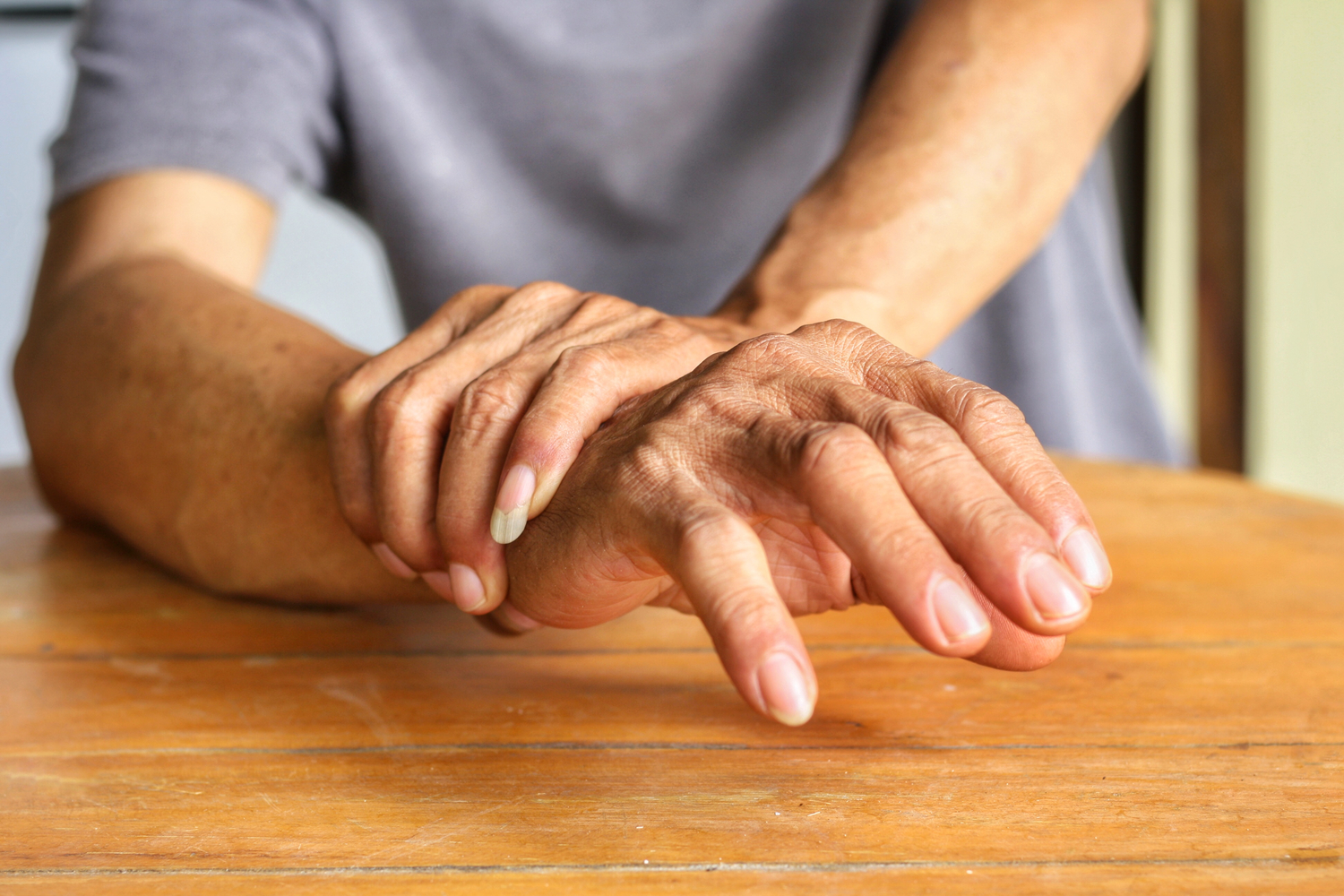Ways To Manage Psoriatic Arthritis With Lifestyle Changes
Ways to manage psoriatic arthritis with lifestyle changes
When the body’s immune system turns against itself leading to inflammation of the joints, it causes an auto-immune disease known as psoriatic arthritis. As per research, 30% people with psoriasis eventually develop psoriatic arthritis. Though the exact cause is not known, it is believed that the reason for this condition is a combination of a person’s genetics and environmental factors. Psoriatic arthritis is said to be chronic and progressive but medications and lifestyle changes have helped manage it to a great extent.

- Exercise – Low-impact exercise and activities that would not damage the joints are recommended. The best choices would be swimming and walking.
- Consume a heart-healthy diet – The inflammation can damage blood vessels and increases the risk of cardiovascular diseases. To reduce this risk, stay away from saturated fat, red meat and, refined products and eat more fresh fruits, veggies, and whole grain.
- Avoid smoking – A recent study shows that most psoriatic arthritis patients who were smokers did not respond to medication. So, it is advised to refrain from drinking alcohol.
- Take a hot shower – As most people with psoriatic arthritis wake up with stiffness and pain in the joints, to ensure a pain-free day, it is ideal to take a hot shower soon after waking up.
- Add turmeric to the diet – As per studies, turmeric has anti-inflammatory and antioxidant effects that help to control flares in both psoriasis and psoriatic arthritis.
- Accessorize carefully – It is ideal to choose a bag that is small and lightweight so that it does not strain the joints. Using a cross-body bag instead of a single shoulder bag is advisable.
- Maintain a proper posture – For anybody who has a muscular-skeletal problem including psoriatic arthritis, posture is critical. It is important that people with arthritis do not slope forward and keep an erect upper quadrant.
Self-care strategies for chronic joint pains due to psoriatic arthritis
- Inflammation control – Controlling inflammation is the main aim of psoriatic arthritis treatment. After consulting a doctor, one may opt for pain management methods in addition to therapies aimed at controlling inflammation. Following a diet that is rich in inflammation-fighting foods such as oily fish high in omega-3 fatty acids like salmon, dark leafy greens colorful veggies, low-fat products, and whole grains is also recommended.
- Use of topical pain medication – To manage pain that occurs in the joints that are close to the surface of the skin like the hands and knees, one may go for topical medicines that have active ingredients such as capsaicin, salicylates, and counter irritants like camphor and menthol which produce a hot and cold sensation. However, it is advisable to consult the doctor before using any topical medication.
- Heat and cold treatments – Heat and cold treatments help alleviate symptoms of psoriatic arthritis. A heating pad or hot soak in the tub or a steamy shower is a great help for sore joints. These are inexpensive but effective ways to relax muscles. In some patients, an ice pack or a cold bath helps ease joint pain as cold temperatures reduce swelling and acute pain.
- A good sleep routine – Getting plenty of sleep is essential for good health as sleep deprivation increases the risk of depression, obesity, and diabetes. To minimize discomfort at night, it is recommended to make sure that one is sleeping on the right mattress which is firm. One must maintain good sleep hygiene to keep bed-time routine regular and restful.
The right kind of diet, regular physical activity, and other lifestyle changes mentioned above help lower stress and manage psoriatic arthritis.















